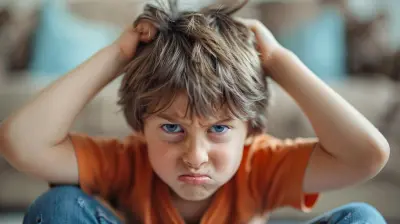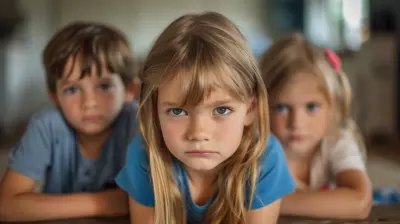The Link Between Emotional Expression and Creativity in Children
21 July 2025
Let’s talk about something that’s not just important—it’s essential for your child’s growth: emotions and creativity. You might not think of these two as being linked, but the connection between a child’s ability to express emotions and their creative potential is nothing short of magical. If you’ve ever watched your kid paint a wild picture with colors that make no sense—or seen them turn your living room into a spaceship with just a cardboard box—you’ve seen this connection in action.
But here's the big question: Are children more creative because they feel more deeply and express those emotions freely? Or does creativity help them express emotions better? Spoiler alert—it goes both ways. So, grab a coffee (or let’s be honest, reheat the one from this morning) and let’s unpack how emotional expression fuels creativity in children.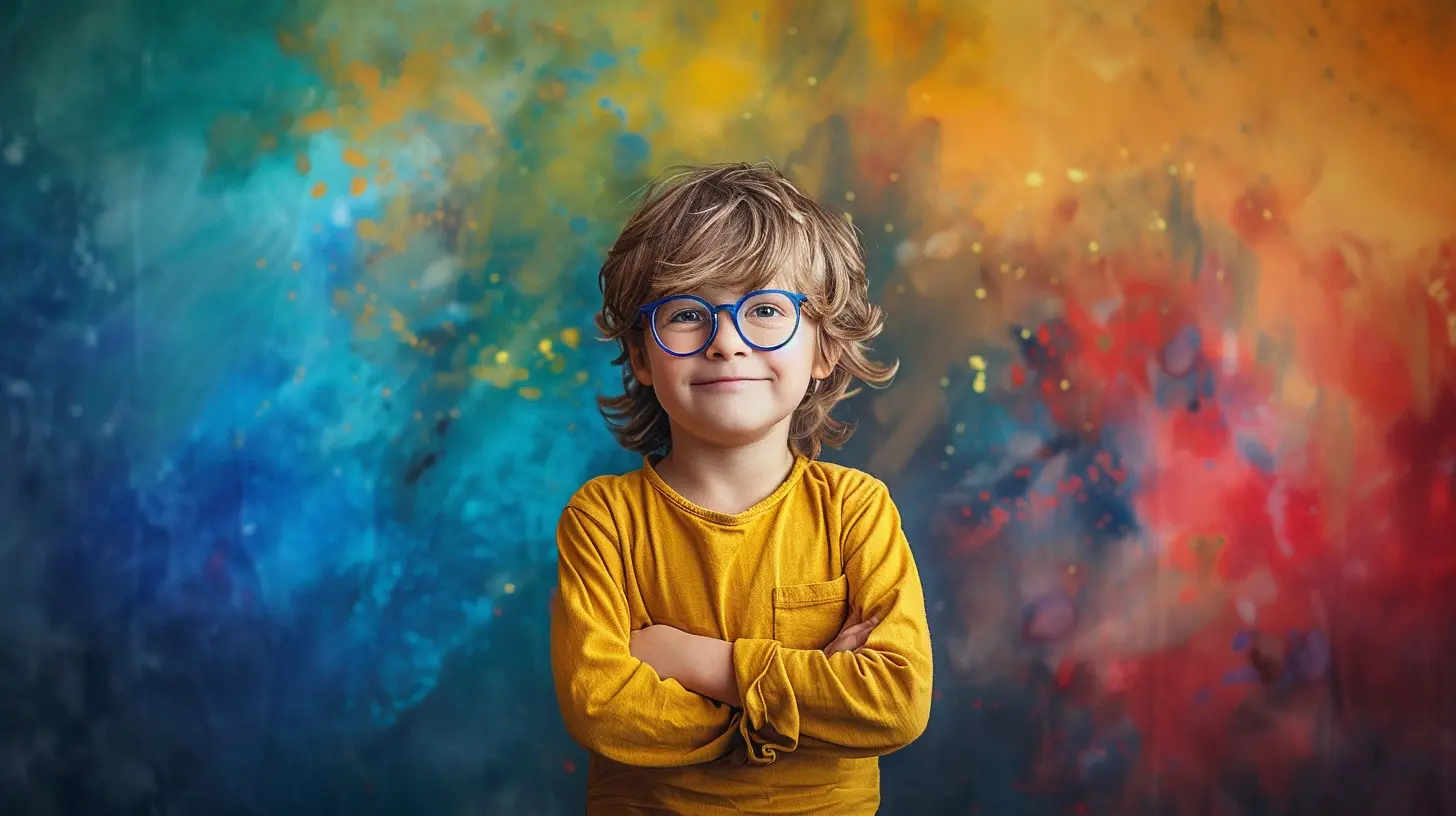
Why Emotional Expression Matters in Childhood
Feelings Aren’t Optional—They’re Vital
Children come into this world as tiny emotional powerhouses. And while they may not always have the words to say, “I’m feeling anxious about preschool,” they sure can express it—through tears, tantrums, or suddenly deciding they hate the color blue.Emotional expression is a child’s way of processing the world. It’s how they make sense of new experiences, scary moments, and happy times. When a child can express their emotions safely—without fear of being shut down or judged—they feel seen. And when they feel seen, they gain the confidence to explore, try, and yes, create.
Bottling Up Emotions? That's a Recipe for Meltdown
When kids aren’t given the tools—or the space—to express what they’re feeling, it doesn’t just disappear. It builds pressure like a soda can that’s been shaken one too many times. Eventually, it explodes, and not in a good way.Suppressing feelings shuts down emotional energy, and guess what? That same energy is what feeds creativity. When your child is sad, curious, excited, frustrated—those emotions are like creative rocket fuel. If we shut that down, we’re clipping their wings before they even learn to fly.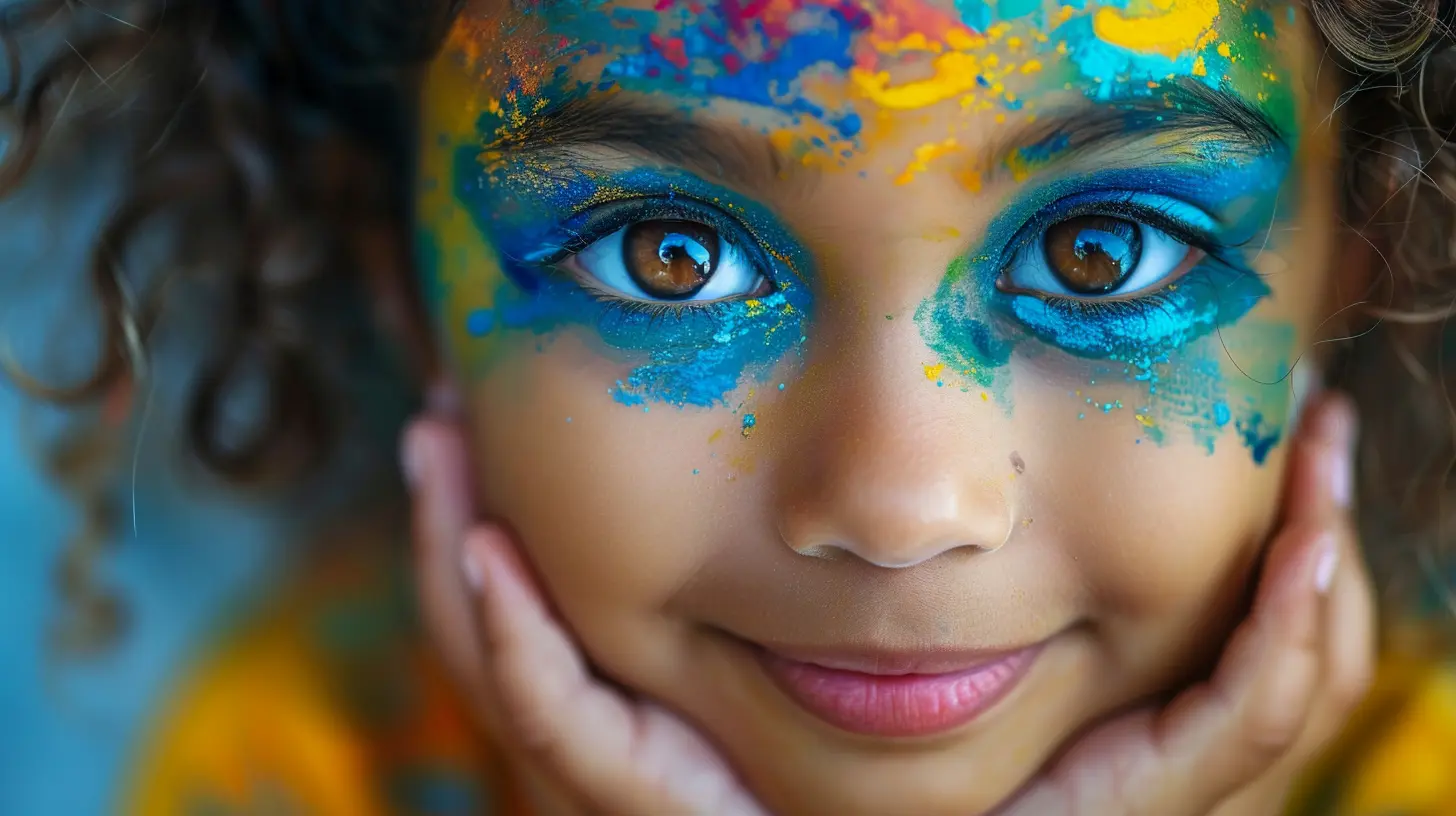
Creativity: More Than Just Arts and Crafts
Creativity Is Thinking Outside the Crayon Box
When we think about creativity, we often picture coloring books, glitter glue, or piano recitals. Sure, those are part of it. But creativity is way bigger than that. It’s about imagination, problem-solving, and thinking in ways that aren’t "by the book."A creative child is one who builds a city out of LEGOs, writes a fairy tale with a twist ending, or finds six new uses for a cereal box. It’s not about talent—it’s about freedom. And that freedom starts with emotional expression.
Emotions Add Depth to Creativity
Creativity without emotion is like a canvas without color. It might be technically perfect, but it lacks soul.When a child feels deeply, they create deeply. Think about a child who just lost their favorite stuffed animal. That grief? That longing? It might inspire a story about a lost puppy searching for home. Or a painting filled with dark, swirling colors. That’s not just play—that's healing, storytelling, and emotional intelligence all in one.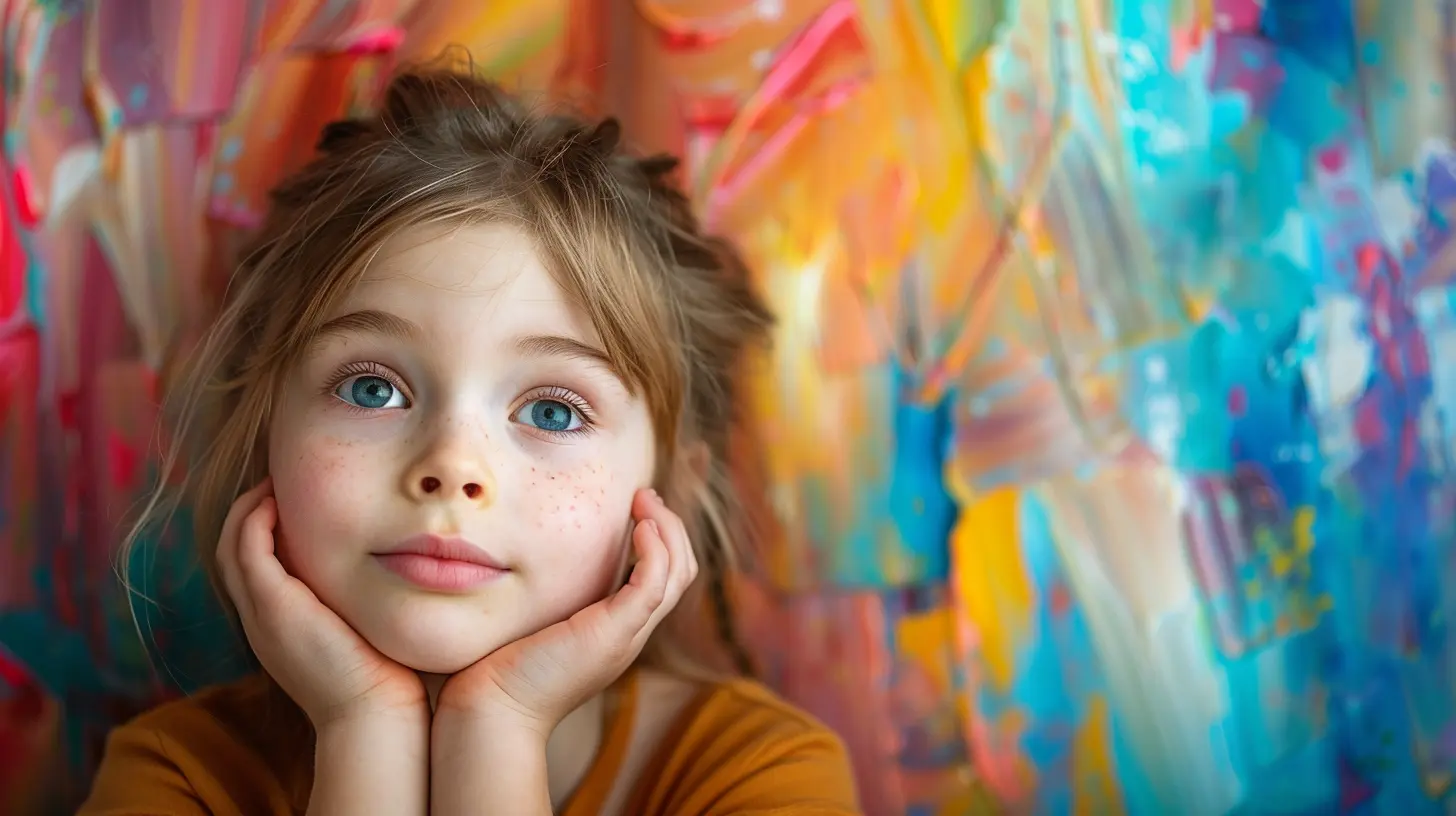
The Science Behind the Connection
Brainstorming the Brain
Let’s get a little nerdy for a second (stay with me here, I promise it’s worth it). Neuroscience tells us that both emotional regulation and creative thinking rely heavily on the prefrontal cortex—the part of the brain responsible for decision-making, personality expression, and social behavior.When kids are encouraged to express and navigate emotions, they’re actively working out those brain muscles. That same brain power helps them come up with innovative ideas. So literally, nurturing your kid emotionally boosts their creativity at the neurological level.
Studies (Yes, There’s Evidence!)
Researchers have found a real link between emotional intelligence and creative thinking. One study published in Frontiers in Psychology showed that kids who scored high in emotional awareness were more likely to think divergently—that means they generated more original, out-of-the-box ideas.Another research paper even suggested that the ability to regulate emotions can enhance persistence in creative projects. So, if your child tends to finish what they start (hello, elaborate LEGO castles), emotional growth might be playing a bigger role than you thought.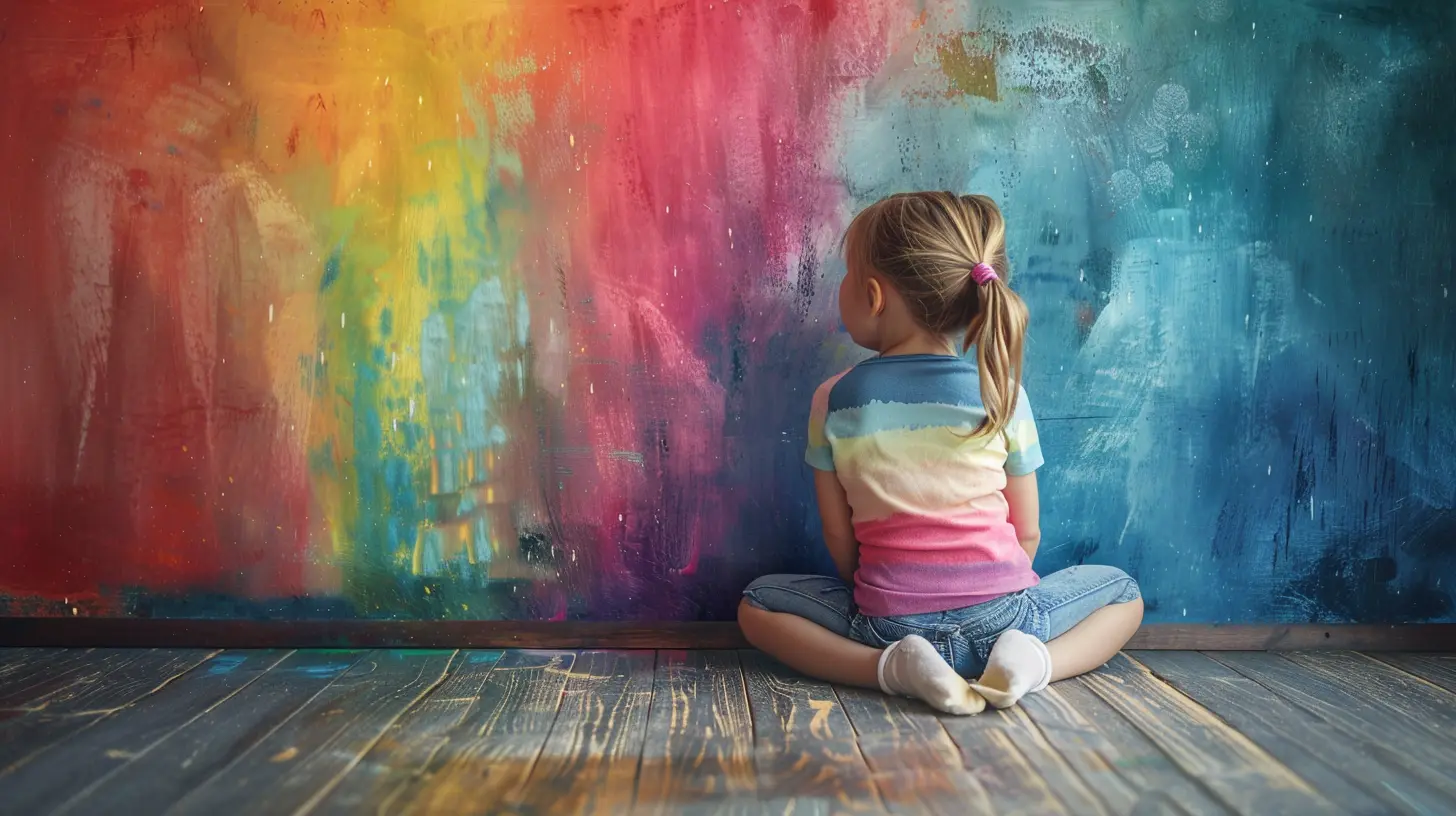
How Parents Can Help: Creating a Safe Space for Emotional and Creative Freedom
1. Let Feelings Flow—Even the Messy Ones
No one likes to deal with a full-blown meltdown, but it’s better than silence. Let your child express their feelings—even if it’s inconvenient. Crying, shouting, sulking—it’s all part of the emotional dance. Don’t rush to fix it. Sometimes, all they need is for you to sit with them in the chaos and say, “I hear you.”Why does this matter? Because when kids feel safe to show emotions, they’re more likely to express themselves creatively too. Emotional safety is the breeding ground for bold ideas.
2. Get Messy Together
Encourage creativity in any form, and make it emotional. Crayons and construction paper, yes. But also acting out silly plays, writing songs, dancing like goofballs. Link these activities to feelings. Ask: “What would sadness look like in a dance?” or “Can you draw how your dream felt?”It doesn’t have to make sense. Creativity rarely does. That’s the beauty of it.
3. Ditch Perfectionism
Perfection is the enemy of both emotional expression and creativity. Let your child experiment, screw up, and start over. If they spill paint or miss a note on the piano, praise the effort. Creativity thrives in environments where mistakes are celebrated, not punished.And guess what? Allowing imperfection teaches resilience too—a powerful emotional skill.
4. Model It Yourself
Show your kids that emotions are normal, and so is expressing them. Talk about your own feelings (within reason). Let them see you handle frustration constructively or find joy in a creative hobby. You’re the blueprint. They watch everything.Emotional Expression Meets Art—Real-World Examples
Journaling and Storytelling
You’d be amazed what happens when you give a child a notebook and say, “Tell me a story about how you felt today.” Suddenly, you’ve got dragons for anger, cloud fairies for sadness, and a rollercoaster that represents joy. This isn’t just cute—it’s therapeutic and sparks creativity.Music As Emotional Outlet
Banging on drums, strumming a ukulele, or singing nonsensical songs is your child’s way of letting emotion out through rhythm, melody, and sound. It’s raw, real, and ridiculously creative.Dramatic Play
When kids act out roles—whether they’re pirates, teachers, or dinosaurs—they’re processing emotional experiences. A child pretending to be a mean boss might actually be working through feelings about a strict teacher. Play is their language, and imagination is their vocabulary.Emotional Expression and Creativity in the Digital Age
Screens Aren’t the Enemy (But They’re Not the Hero Either)
Yes, screens are everywhere. And while it's easy to blame iPads for squashing creativity, it's not that simple. What matters is how they’re used. Passive screen time (endless YouTube videos) can dull both emotions and imagination. But active screen time—like digital drawing apps or storytelling games—can be great tools for expression. Still, balance is everything.Create Screen-Free Zones
Give your child time and space to disconnect. Some of the most creative breakthroughs come from boredom. When there’s nothing to distract them, emotions bubble to the surface—and creativity follows like a shadow.The Long-Term Payoff of Emotional and Creative Development
Empathetic Innovators
Kids who are encouraged to feel and create grow up to be adults who empathize and innovate. They’re not afraid to be vulnerable. They solve problems with heart and imagination. In a world that increasingly values emotional intelligence and creative thinking, this combo is gold.Better Mental Health
Let’s not sugarcoat it: kids today face serious stress. Teaching them to express feelings through art, storytelling, or music gives them a healthy outlet. That means fewer bottled-up emotions and a lower risk of anxiety or depression down the road.Final Thoughts: Let Your Kids Color Outside the Emotional Lines
You don’t need a psychology degree to raise emotionally expressive, wildly creative kids. All it takes is patience, presence, and a willingness to embrace the mess—both emotional and artistic.Let your child cry. Let them paint with their fingers. Let them turn your old hoodie into a superhero cape. Because when you nurture both their heart and their imagination, you’re not just raising a child—you’re raising a future thinker, dreamer, and world-changer.
all images in this post were generated using AI tools
Category:
Emotional DevelopmentAuthor:

Austin Wilcox
Discussion
rate this article
1 comments
Elise McKeever
Who knew that a toddler's temper tantrum could double as avant-garde performance art? Let’s embrace those wild emotions—today's masterpieces might just be tomorrow's Picasso! Keep the crayons handy and the tissues closer!
August 9, 2025 at 4:06 PM

Austin Wilcox
Absolutely! Children’s emotional expression is a vital part of their creativity. Their raw feelings can inspire unique artistic experiences, reminding us that every outburst has the potential to be a masterpiece. Keep encouraging that creativity!
